Food & agriculture
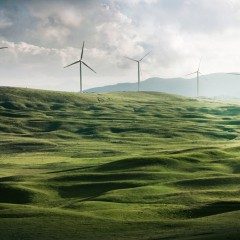
Membrane filtration is state-of-the-art technology for clarification, fractionation and concentration within the food industry, and the centre has had a long history of membrane research in this are, in particular, with the dairy industry and this relationship continues with an ongoing collaborations with Dairy Innovation Australia. Researchers from the centre also regularly consult with industry members to help improve and optimize their facilities including through membrane autopsy as water and wastewater usage and disposal become more cost sensitive issues for the industry.
On-going work by Prof. Greg Leslie and Prof Emer. Bruce Sutton have been investigating alternative uses for membranes in agriculture. Specifically they are studying the use of reverse osmosis and nanofiltration membranes for subsurface drip irrigation, which has significant commercial potential by allowing farmers to continue to produce crops during extended periods of drought where brackish and other high salinity water source are all that remain available.

Membrane facilitated subsurface drip irrigation
Centre researchers demonstrated that a subsurface drip irrigation line manufactured from a commercially available reverse osmosis membrane was capable of providing sufficient water for the cultivation of tomato plants on brackish water while preventing the accumulation of salts in the soil. These preliminary experiments demonstrated that brackish and saline groundwater that would normally be unsuitable for use in irrigation systems for the cultivation of food crops can be used to grow plants, such as tomatoes without allowing the build up of salts in the soil. In these experiments, the plants grew by creating suction in the root zone (sub-surface) which provided sufficient force to draw water across the reverse osmosis membrane, however, the RO membrane prevented the transport of salts which can damage the soil.
The membrane technology, developed by Professor Leslie and the University of Sydney’s Professor Bruce Sutton, has been patented by UNSW commercial arm, NewSouth Innovations and commercialization partners are being sought.
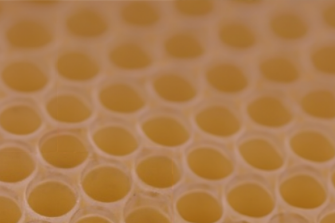
Milk ultrafiltration
Membrane distillation-crystallization (MDC) process has great potential for recovery of high quality water and valuable precipitates from effluents of high salt content such as inland brine water. Incorporation of submerging membrane in a feed tank provides opportunity for saving of energy consumption by eliminating the need for feed circulation and reduces the loss of heat. The main challenges in submerged vacuum membrane distillation crystallization (SVMDC) are the reduction of feed temperature (temperature polarization) and the enhancement of feed concentration (concentration polarization) adjacent to membrane surface, which can cause reduction of actual driving force for water vapour transport and induce fouling formation on the membrane surface.

Protein recovery from potato processing water using ultrafiltration membrane
Validation of the pathogen removal efficiency in water treatment processes is a critical step in the delivery of water recycling projects. Validation is the process of linking the results of reliable integrity monitoring techniques to the observed removal efficiency for the target contaminants. In the case of membranes, while, existing integrity monitoring methods are adequate for pathogens such as cryptosporidium that are larger than 3 microns, there are limited methods available to quantify integrity for small pathogens such as enteric virus which range from 0.01 – 0.04 μm. Currently, challenge testing with MS2 phage is the best process indicator for virus removal in membrane systems, however incorporating this test in a full scale plant on a regular basis is attended by high costs to cultivate, dose and enumerate the bacteriophage.
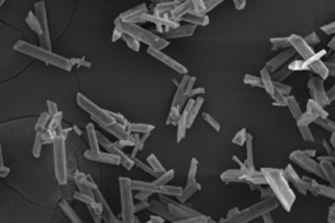
Phosphorus recovery from wastewater
The fate of spent reverse osmosis (RO) membranes appears as an emerging challenge faced by the water industry. In this project, alternative and valuable usages of end-of-life desalination membranes will be investigated. Opportunities like cost effective reuse in lower specification applications, potential recycling of valuable materials and conversion of RO into microporous separation devices will be assessed both technically and financially.The membrane technology, developed by Professor Leslie and the University of Sydney’s Professor Bruce Sutton, has been patented by UNSW commercial arm, NewSouth Innovations and commercialization partners are being sought.

Sequential chemical and enzymatic cleaning of ultrafiltration membranes in dairy applications
Membrane cleaning and disinfection is an important aspect in membrane operations, particularly in diary processes. Selection of cleaning agents and the cleaning procedure affects not only on membrane integrity, related costs and the environment but also the quality of products being processed. While most of the cleaning in practice uses chemicals (alkaline and acid), enzymatic cleaners have been shown to be very effective in removal of protein species from the membrane surface. One issue that relates to enzyme cleaning is the possible re-deposition of the cleaning enzyme on the cleaned membrane surface, which could pose a contamination risk to the processed product.
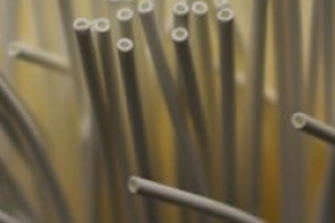
Application of membrane separation process in concentration and separation of polyphenol compounds for evaluation of their health benefits
While the health benefits of polyphenols found in plants are well known, quantification of the benefit and the safe level of intake requires accurate extraction, concentration and specification of polyphenols from natural sources in food and beverages. Membrane separation processes can be utilized as better alternatives in the concentration and separation process. Their potential advantages include; greater separation efficiency, higher purity, mild operation parameters and avoidance or reduced use of solvents. However, membrane fouling could compromise separation performance and therefore needs to be mitigated.
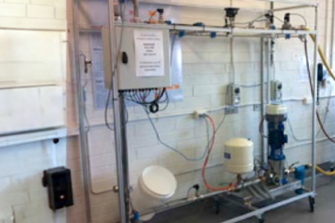
Optimising low-pressure membrane pre-treatment for desalination
Australian Broiler abattoirs user on average 21.8L per bird, with over 44ML used daily industry wide. With plants often located in area with limited water supply and with the cost of water and water treatment increasing an opportunity exists for water treatment to be employed within the plant to reduce costs.
For further information
Please contact Prof. Greg Leslie | UNSW
Ph: +61 2 9385 6092
E: g.leslie@unsw.edu.au
